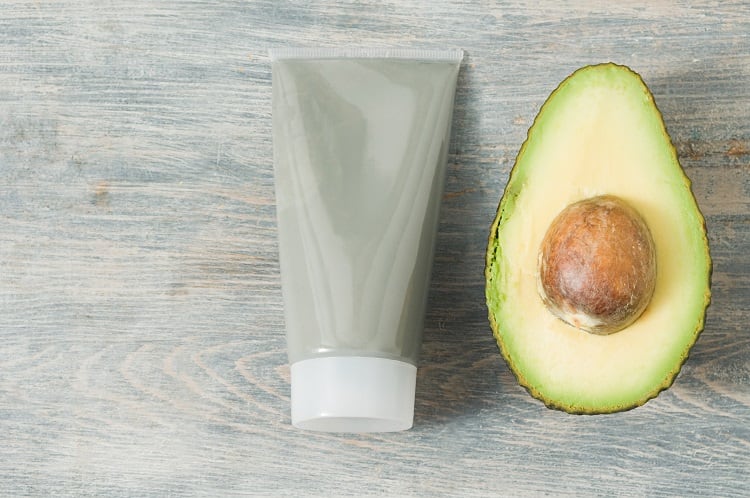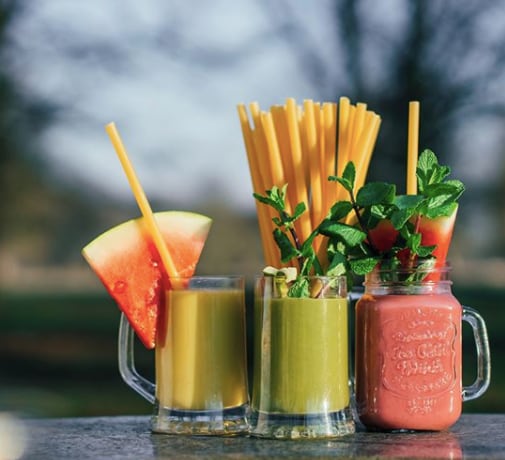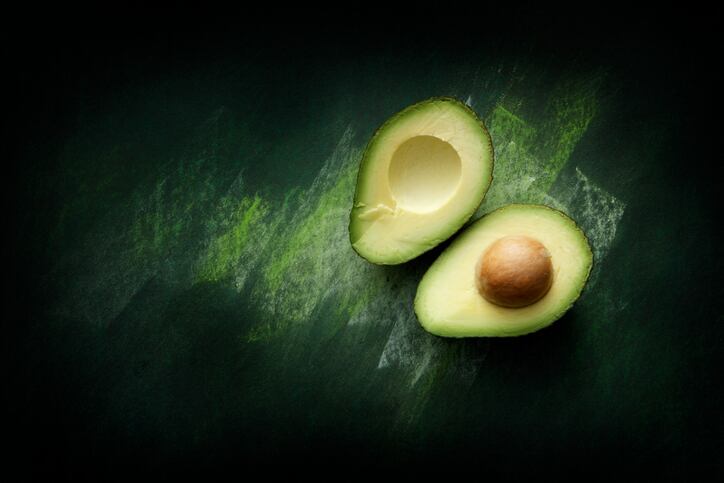With plastic pollution creating significant damage around the world, a range of more sustainable packaging solutions have been developed as alternatives, such as bio-based feedstock and mycelia mushrooms. One thing that hasn’t been used much for packaging, however, is avocado.
A recent study published in the journal Advanced Sustainable Systems explored the potential for the use of the residues from avocado tree pruning, which would be used in bio-based polyethylene composites. They can work, the study found, as fortifications for this plastic material.
What makes avocado pruning residue a good fortification?
Avocado pruning residue is abundantly available due to the widespread popularity of avocados around the world. However, according to the study, it is often burned to create energy or used for agricultural amendments.
The fibres within the avocado pruning residue provide good partial replacements for bio-based polyethylene which, despite being plant-based, is not biodegradable. By replacing some of this plastic, the fibres reduce the amount of it used. The functional role of the fibres within said plastic, however, is to reinforce it.
How did the researchers develop avocado pruning residue into packaging?
Through a process which involved mixing the leaves and branches of the avocado tree with soda, then refined and defibrated, the researchers were able to isolate the fibres from the pruning residue.
Once the residue had been pulped within this alkaline soda, the cellulose content of the fibre increased significantly. Cellulose, according to the study, is what gives the fibre its structural stability, and thus what makes it a good reinforcement for plastic.
Within the packaging in question, the researchers were thus able to partially reduce the levels of bio-based polyethylene.
The researchers tested how the plastic performed at different ratios of fibre, managing to reach up to a 49% increase in tensile strength (strength borne of tension).
The researchers used maleated polyethylene (MAPE) as a fibre-polymer compatibiliser, which helped combine the fibres and the polyethylene in the packaging. This was tried at several different ratios, with the strongest being 9% MAPE.
The addition of 9% MAPE created a 25.5% increase in tensile strength in the packaging, compared to how it would have been without this.
There were some flaws in the composites as well. For example, composites tested with high fibre content were not as waterproof and sustained swelling when exposed significantly to water.
How does it compare to other packaging solutions?
While in terms of strength, ingredients such as hemp are far better than avocado pruning residue, these things must be cultivated especially for the purpose, the study said. However, avocado pruning residue stems naturally from processes which are already in place.
Sourced From: Advanced Sustainable Systems
'Avocado Pruning Residues for the Formulation of Bio-Based Polyethylene/Fiber-Based Biocomposites for Sustainable Food Packaging'
Published on: 15 March 2024
Doi: https://doi.org/10.1002/adsu.202300600
Authors: R. Morcillo-Martín, Q. Tarrés, R. J. Aguado, E. Espinosa, M. Delgado-Aguilar, A. Rodríguez




